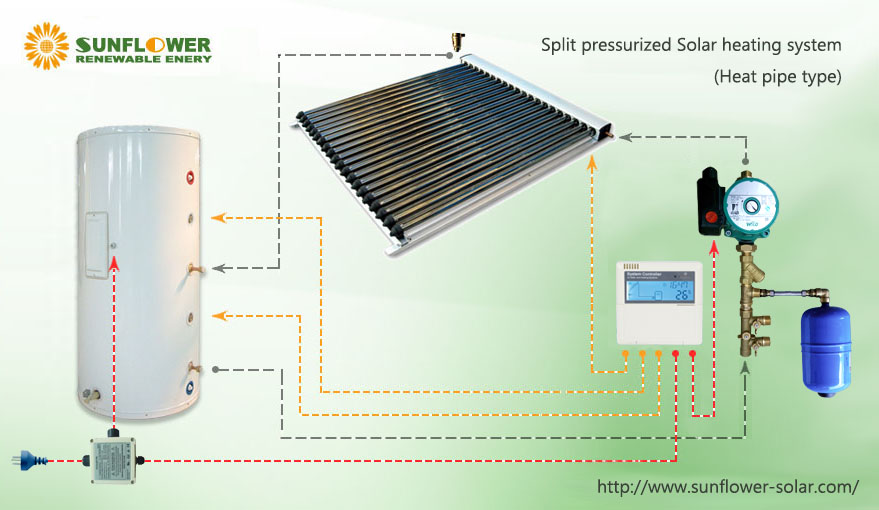Views: 11 Author: Site Editor Publish Time: 2023-05-25 Origin: Site

【Abstract】
To a certain extent, the quality of solar water heaters is related to the temperature sensor and water level sensor inside. They sense the water temperature and water level in the water heater and send it to the controller to protect the intelligent control of the water heater. Early products were very simple, and some did not even have a sensor. After research and development by professionals, most water heater products are now equipped with temperature sensors and water level sensors. However, due to the influence of the use environment, most of the sensors cannot work normally for a long time. A lot of effort, and some remaining problems. Let's analyze the use environment of the sensor. Only by finding the location of these problems can we solve the problems step by step.
【Text】
1. Scale problem
Due to our country’s vast territory and different water quality conditions, water quality problems in some places are particularly serious. This leads to a lot of scale attached to the electrodes and temperature blocks of the temperature sensor and water level sensor after the water heater is used for a period of time. The normal use of the sensor brings many problems and affects its normal output. To solve this problem, you can start with both the circuit and the material. Because the small signal trigger principle can effectively reduce the electromagnetic force of the ion, the digital signal mode can be adopted. In terms of materials, conductive silica gel can be selected as a protective body for stainless steel materials, which can prevent the formation of scale.
2. High temperature problem
Because the temperature in the solar water tank is above 100 degrees Celsius for a long time, sometimes it can even reach 150 degrees Celsius. The temperature sensor and the water level sensor need to be in the water tank all the time, which brings troubles to the long-term working of the sensor. Solar water heaters are exposed to air, long-term boiling, and long-term steam during the working process, so the electronic components of the sensor are prone to aging or damage. To solve this problem, we need to start with high temperature resistant materials. At present, a polypropylene material has been developed in China. It has good high temperature resistance, and good insulation and corrosion resistance. As for the circuit parts that cannot withstand high temperatures, you can use the principle water tank. design.
3. Interference issues
Solar water heaters are usually installed on the roof, and signal transmission is easily affected by electromagnetic radiation from interference sources such as low-voltage lines, high-voltage lines, and signal towers. Most of the early signal output was analog signal, although after filtering, the signal distortion is also great. To solve this problem, digital temperature sensors and water level sensors can be used. It has the advantages of accurate numerical transmission and strong anti-interference ability. With the development of electronic technology, this processing is no longer a very important thing.
4. Sealing problem
I said in terms of high temperature resistance. The usual practice is to put the sensor probe in the water tank and directly contact the water source, and put the electronic components in the water tank away from the high temperature. Electrode-type sensors are widely used in solar water heaters, which need to be sealed with signal wires, electrodes and temperature sensing devices. As long-term steam exists in the water tank, the signal line is easy to be corroded, so try to make the water tank enter the water tank with high-temperature, corrosion-resistant polypropylene and stainless steel. The place that needs to be sealed is sealed with a silicone ring. This sealing method is simple and easy to operate , The efficiency is also very high.
【Conclusion】
The above four issues need to be considered when designing any set of high-performance solar water heater temperature sensor and water level sensor. The solutions proposed above should be comprehensively applied and a reasonable structure designed, so as to solve the application problem of the sensor in the high temperature and corrosive environment of solar water heaters.